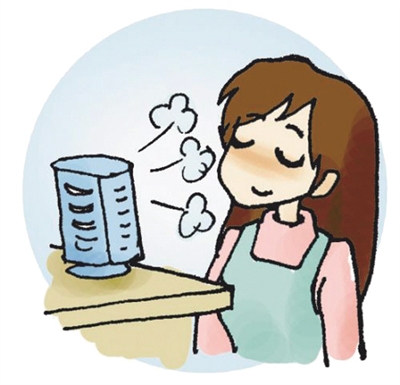Which Air Purifier Is Right for You?
The first thing to consider when you look for the best air purifier is a machine’s Clean Air Delivery Rate (CADR), which gives you an idea of how effective it is at cleaning the air in a room. The CADR score was established by the Association of Home Appliance Manufacturers (AHAM) to indicate how much filtered oem air a purifier delivers to the room it’s in. Essentially, each air purifier we reviewed has three separate CADR scores: one for smoke, one for dust and one for pollen. The higher the CADR scores, the better the machine is at removing airborne pollutants in your home. Note that not every air purifier on the market has CADR scores, making it difficult to compare them against others.
CADR scores can also help you determine the size of room to use the machine in. AHAM takes the smoke CADR score and multiples it by 1.55 to establish an air purifier‘s recommended room size. As a rule of thumb, you never want to use a home air purifier in a room larger than the recommended size, as it becomes ineffective or even useless. Rather, you want to buy an air purifier that has a recommended room size greater than the size of the actual room you will use it in.
To further this idea, you also want to pay attention to the number of air changes an air purifier can perform per hour. This specification tells you how many times the machine can filter the air in a room every hour, which is especially important if you suffer from allergies and want to alleviate your symptoms. The more air changes a purifier can perform, the more times air in your room moves through the system and is stripped of pollutants.
Another element to consider is an air cleaner‘s airflow, or the rate of moving air through the filters and cleaning systems. Although this specification does not directly correlate with CADR scores (even though many manufacturers market their products this way), airflow can help you determine whether a machine is right for your situation or not. Airflow is measured in cubic feet per minute, and the more cubic feet of air that moves through the unit, the more opportunity the machine has to remove pollutants. Generally speaking, the higher the airflow, the better.
While you search for the best air purifier for you, make sure you find one that uses HEPA filters, which remove 99.97 percent of 0.3-micrometer particles. HEPA filters are the industry standard, as they can remove particulates that other types of filters can’t match. Many purifiers also include a pre-filter, usually made of carbon, which captures larger particles so you don’t have to replace HEPA filters as often and helps eliminate odors. Some hepa air purifiers include other filters to help remove particulates such as pet dander and germs.
Aside from physical air filters, many manufacturers use other cleaning methods to deliver clean air in your room, although the effectiveness and safety of these systems are still being heavily scrutinized. Ionizers, for example, are a relatively common feature in air purifiers that have met some controversy, as they produce trace amounts of ozone. Although most ionizers create even less ozone than the industry-standard safe level, if you are worried about breathing ozone, look for a purifier that either does not have this technology or allows you to turn it off.
Some manufacturers also use ultraviolet (UV) light bulbs as a cleaning method, but the effectiveness is debatable. Although UV light is a common method of sterilizing medical equipment, these contaminants are exposed to UV for an extended time in a controlled environment. In other words, contaminants have to be exposed to UV multiple times over a long period for it to make a significant difference.
In theory, the longer you use a purifier with a UV cleaning stage in the same room, the more effective the UV cleaning method will be. However, air moves through purifiers rather quickly, meaning particulates are not exposed to the light for a long time, reducing the effectiveness of this cleaning method. All things considered, the UV cleaning stage is not a critical feature in an china air purifier.


